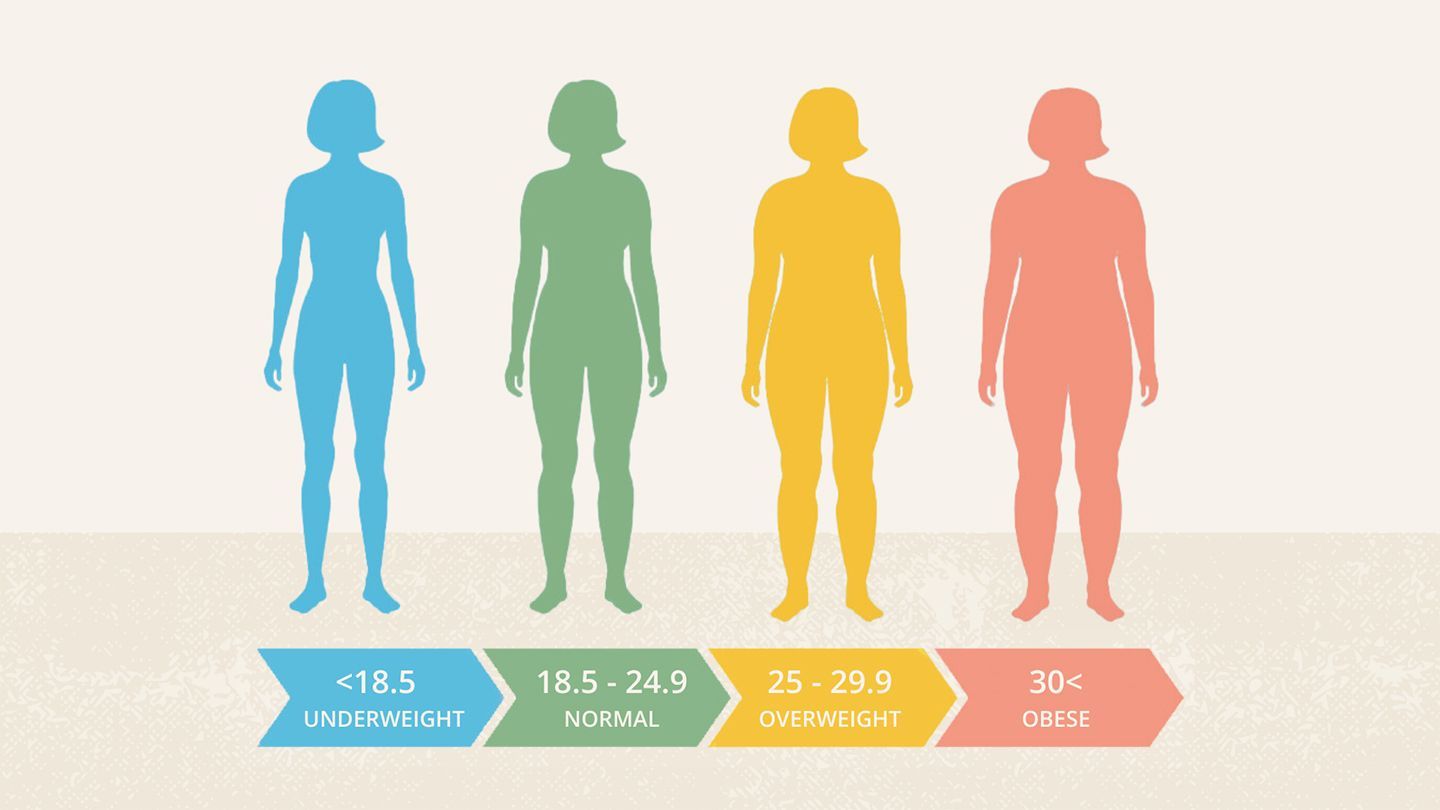
How to Effectively Use a Body Mass Index Calculator for Your Health Goals?
Maintaining a healthy weight is crucial for overall well-being, and one of the most commonly used tools to assess weight relative to height is the Body Mass Index (BMI) calculator. This simple yet powerful tool provides insights into whether you are underweight, normal weight, overweight, or obese, helping you set and achieve your health goals. In this article, we will explore how to effectively use a body mass index calculator, with a particular focus on the BMI calculator for males, to guide your health journey.
Understanding the body mass index calculator
A body mass index calculator is an online tool that calculates your BMI by using your height and weight. The formula used is straightforward: BMI = weight (kg) / height (m)^2. The resulting number is then compared to standard BMI categories:
- Underweight: BMI less than 18.5
- Normal weight: BMI between 18.5 and 24.9
- Overweight: BMI between 25 and 29.9
- Obese: BMI 30 and above
While BMI is a useful indicator of body weight relative to height, it does not directly measure body fat. However, it remains a valuable tool for identifying potential health risks associated with being underweight or overweight.
How to use a BMI calculator for males?
When using a BMI calculator male, it’s essential to consider certain factors unique to men. Men typically have more muscle mass and lower body fat percentages than women, which can affect BMI readings. Here’s how to use a BMI calculator effectively:
- Accurate measurements: Ensure that you have accurate measurements of your height and weight. Use a reliable scale for your weight and measure your height without shoes. Even small errors in measurement can lead to inaccurate BMI results.
- Understand the context: While the BMI calculator provides a quick assessment of whether your weight is within a healthy range, it does not account for muscle mass, bone density, or fat distribution. Men with a muscular build might have a higher BMI but not necessarily higher body fat. It’s important to interpret the results in the context of your overall body composition.
- Regular monitoring: Use the BMI calculator regularly to track changes in your weight over time. Regular monitoring helps you stay informed about your progress and make necessary adjustments to your diet and exercise plan.
- Set realistic goals: Based on your BMI, set achievable health goals. If your BMI falls in the overweight or obese category, aim for gradual weight loss through a combination of healthy eating and regular exercise. For those in the underweight category, focus on gaining weight through a balanced diet and strength training.
Using BMI Results to Guide Your Health Goals with Bajaj Finserv
Once you have calculated your BMI, the next step is to use the results to inform your health decisions. Here’s how you can effectively use BMI information with Bajaj Finserv guide to explore health plans, financial solutions, and wellness resources tailored to your needs:
1. Assessing health risks
Your BMI can provide an initial indication of potential health risks. For instance, a high BMI (over 25) is associated with an increased risk of conditions such as heart disease, diabetes, and hypertension. If your BMI indicates that you are overweight or obese, it’s crucial to take proactive steps to reduce your weight and lower your risk of these health issues.
2. Designing a fitness plan
Use your BMI as a starting point to design a fitness plan that aligns with your health goals. For men with a high BMI, incorporating both cardiovascular exercises (like running, cycling, or swimming) and strength training (such as weight lifting) can help reduce body fat and improve muscle mass. Those with a lower BMI might focus on building muscle through resistance training and consuming a diet rich in protein and healthy fats.
3. Dietary adjustments
Your BMI results can also guide your dietary choices. For individuals with a high BMI, reducing calorie intake by cutting down on processed foods, sugars, and unhealthy fats is essential. Instead, focus on a balanced diet that includes plenty of fruits, vegetables, lean proteins, and whole grains. If your BMI is low, consider increasing your calorie intake with nutrient-dense foods to support healthy weight gain.
4. Monitoring progress
As you implement changes in your lifestyle, continue to use the body mass index calculator to monitor your progress. Regular checks will help you determine whether your efforts are leading to the desired outcomes. If your BMI remains unchanged despite your efforts, it may be necessary to reassess your approach or consult a healthcare professional for guidance.
Limitations of the BMI calculator
While the BMI calculator is a valuable tool, it’s important to be aware of its limitations:
- Muscle mass: As mentioned earlier, BMI does not differentiate between muscle and fat. Men with a high muscle mass may have a high BMI but low body fat, which could be misleading if BMI is used as the sole measure of health.
- Fat distribution: BMI does not account for where fat is distributed on the body. Visceral fat, which accumulates around the organs, poses a greater health risk than subcutaneous fat, which lies just under the skin. Waist circumference measurements can complement BMI to provide a more comprehensive assessment.
- Age and ethnicity: BMI does not consider factors like age or ethnicity, which can influence body composition and the associated health risks. Older adults, for example, may have more body fat than younger individuals with the same BMI, and certain ethnic groups may have different body fat distributions.
Conclusion
The body mass index calculator is a useful tool for assessing weight relative to height and setting health goals. By using a BMI calculator male effectively, men can gain valuable insights into their body composition and make informed decisions about their diet, exercise, and overall health. However, it’s important to consider BMI results within the broader context of muscle mass, fat distribution, and other individual factors.
In conclusion, while the BMI calculator is a helpful starting point, it should be used alongside other measurements and assessments to create a well-rounded approach to health and fitness. Regular monitoring, realistic goal-setting, and a balanced diet and exercise plan are key to achieving and maintaining a healthy BMI and overall well-being.


